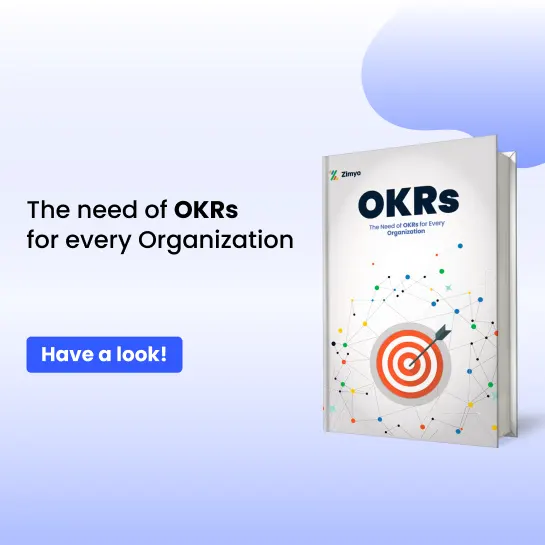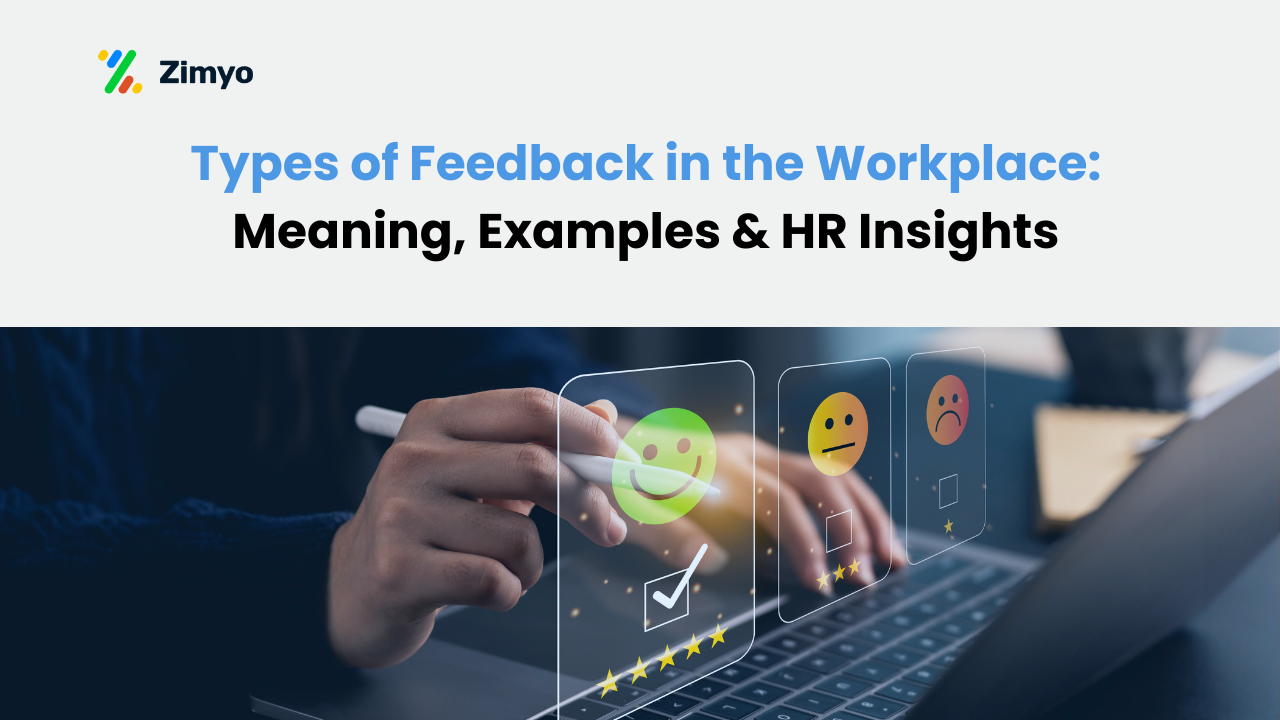When employees are disengaged, fail to perform or deliver the best- the entire blame usually both mentally and psychologically falls on the employee. Worse of all, there are times when best of the best strategies implemented simply refuse to give out the results. Due to this the assumption behind such an approach becomes circumscribed to a self-fulfilling prophecy: Employees do what is needed to earn a reward or meet a standard.
Taking a cue from all that is aforementioned now is the time to answer a question: Do you think it is all employees’ responsibility or entirely employees fault? If the answer is no then it’s time to pull up your socks!
The corporate world is no more the age-old and rigid authority as portrayed in the harsh capital world. Moving ahead and above the era of capitalism- the modern man is doing whatever it takes to flag the ethos of egalitarianism.
The success of a business is best seen in the happiness and satisfaction of its employees and workers. We have often heard the most common quote which says: What you sow, you reap! This is exactly what the modern age workforce believes in, wants to work and wishes to deliver.
Businesses in today’s world have a clear and concise organizational purpose. Purpose-driven companies often succeed in achieving higher-level of employee engagement, productivity, loyalty and lower turnover.
A survey conducted by Deloitte found that 73% of employees who feel that they work for a purpose-driven company said that they are engaged, whereas only 23 per cent of respondents that don’t feel they work for a purpose-driven company are engaged.
Most companies are now encircling the value of meaning and define it to a purpose.
Heard enough praises for purpose-driven organizations? So, now if you want to build your firm exactly the same- let’s take a glance at the most common organizational values that purpose-driven organizations work on:
Professional Development Equals to Organizations’ Development
Professionals working in a workplace- their performance, development and improvement can directly impact the growth and success that a company aspires for.
Companies investing in their employees in the form of professional development help them both GROW, FLOURISH AND PROSPER. Knowing the same and believing in the act of doing good- companies take on the responsibility of helping their employees hone their skills, gain credentials and advance their career. As a result, these programs often lead to increased employee engagement and with professional development opportunities, they achieve 15% more engagement.
Another survey showed 34% higher retention rate for companies that give thumbs up to professional development. Also, of the employees surveyed, 75% of the employees with professional development opportunities said they planned to stay with their employers for another 5 years, whereas only 56% of workers without professional development opportunities said the same.
Another key example of a large company investing in professional development is the drug store chain Walgreens. Walgreens developed their own “Walgreens University” that includes a mock drugstore and classrooms with video-conferencing capabilities. They host over 100 courses that are taught by both Walgreens executives as well as local college faculty. They even partnered with the Lake Forest Graduate school of management which offers an MBA customized for Walgreens. Kathleen Wilson-Thompson, the chief human resources officer said, “We aim to be the best in our industry for employee education and training and among the best of all major American corporations.”
Keeping Tabs on VIP Corporate Social Responsibility
Companies that aim to improve the economy, society, and the environment have also been proven to showcase higher levels of employee engagement. Companies that engage in corporate social responsibility (CSR) programs recognize that prioritizing social responsibility alongside profits is a sure-shot way of increasing engagement, retention, and reputation.
CSR can masquerade on different levels, but some of the most common methods that companies engage include reducing their carbon footprint, charity and philanthropy work.
One of the best examples of a company that makes CSR a priority is Xerox. Xerox employs many CSR initiatives, but there are a few that stand out from the rest. The Xerox Community Involvement program empowers local teams of employees with the funds to select and work on local projects that benefit their community. The Xerox Science Consultant program delivers hands-on science lessons to students in grades 4-6 that aims to make science more fun for students. Xerox has also partnered with FIRST to bring together students and Xerox scientists to build fully functional robots to help these students channel their curiosity while showing science and engineering concepts at work.
Giving Corporate Diversity a Big HUG
Welcoming diversity with open arms in the workplace is another common characteristic of a successful business. In most cases, companies that make diversity and inclusion a big part of their purpose experience greater engagement.
For Example Sodexo, one of the top 50 companies for diversity, found in their employee engagement survey that diversity is one of the top two key engagement drivers for employees. Also in a report by McKinsey, they found that companies in the top quartile of racial and ethnic diversity are 35 per cent more likely to have higher financial returns than the industry median.
EY has been recently crowned the top company for diversity in 2017 after ranking in the Top 10 for the past eight years. They have 11.1% more women in leadership than the rest of the Top 50 companies for diversity and an astounding 44.7% more than the S&P 500. EY’s values of diversity and inclusion are deeply rooted in their business practices, and they are considered the gold standard. For example, they became the first professional services firm to equalize paid parental leave for mothers and fathers. EY’s extensive effort is seen to intertwine diversity and inclusion in all their business practices as a fully engaged corporate label.
Employees Who Work with Purpose-Driven Workplace Wants to STAY With The Company For Long Term
Apart from the usual decisions which influence accepting a job offer—title, salary, benefits and extra perks—employees want to work with organizations that align with their own values in the best possible manner. Employees who work at a purpose-driven workplace are the ones who feel a genuine connection to the work they do. They’re committed to the company’s success.
Companies must put on the best makeup in front of the potential candidates to see and in ways that current employees can also share. Whether it’s a worthwhile charity initiative or an exciting new project, potential employees want to see an organization’s values so they can determine if those values align with theirs.
Satisfaction and Engagement as Key Goals of a Purpose-Driven Organization
Holistic wellness means having all of an employees’ needs met in the right order: physical, mental and emotional.
All aspects of employee wellness being met are described as “doing more of what they do best and enjoy most,” and “feeling connected to a higher purpose at work.” When an employee is aligned with their company’s purpose and is driven towards doing purposeful work, performance, as well as overall happiness, improves.
As statistics show, employees report “1.7 times higher job satisfaction” and “1.4 times more engagement” at work. Furthermore, according to LinkedIn’s Purpose at Work Global Report, 73% of professionals who identify as purpose-driven are satisfied with their jobs.
Encouraging your Team to Work with Purpose

When employees know that the work they do MATTERS- determination and resiliency often hit a notch-higher. Meaningful work is a strong motivator that helps employees tackle problems and challenges with optimism. As Elizabeth Lotardo, VP at leadership development consulting firm McLeod & More says, “purpose helps keep you grounded in the sense of gratitude and meaning in a way that financial metrics or quarterly targets just don’t”. For sustainable teamwork and company success, having purpose-driven workplace matters.
To make it all look SIMPLE & FUN- Here’s the Harvard Business Review asking the following five questions to help employees identify their sense of purpose:
- What are you good at?
- What do you enjoy?
- What feels most useful?
- What creates a sense of forwarding momentum?
- How do you relate to others?
These questions are all meant to connect employees with their own sense of purpose, as well as to their workplace purpose.
Adding Fuel to Purpose-Driven Workplaces
It’s clear that there is a strong correlation between purpose-driven organizations and employee engagement. When a company wants to determine what its purpose is, a great place to begin is to resurrect the company’s values.
Also Read: How to Add Meaning to So Called- “9 to 5” Work Life






